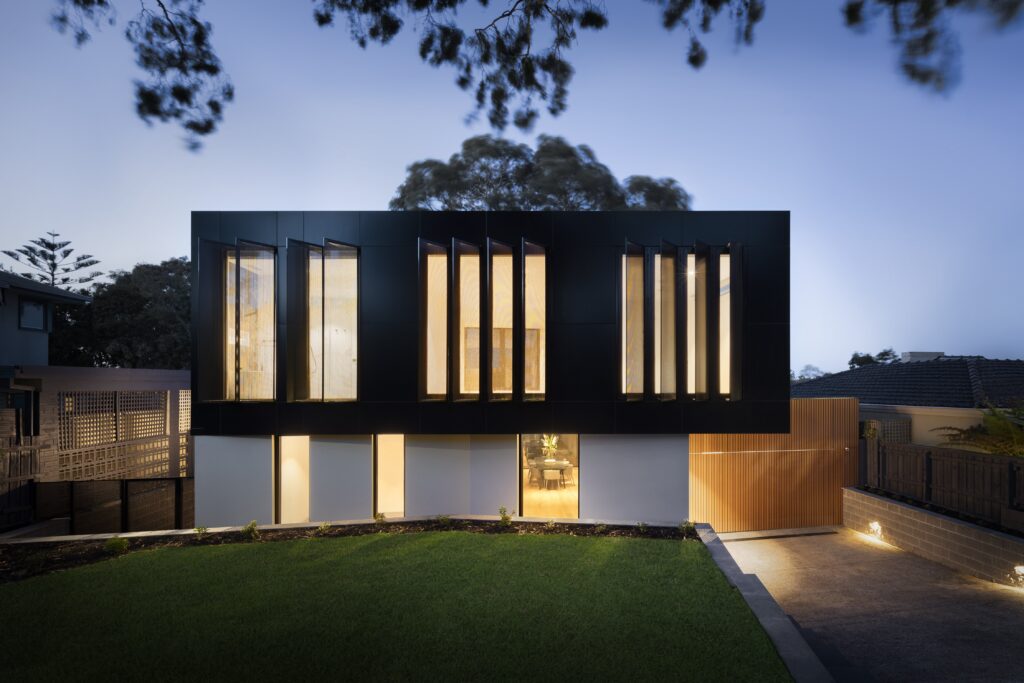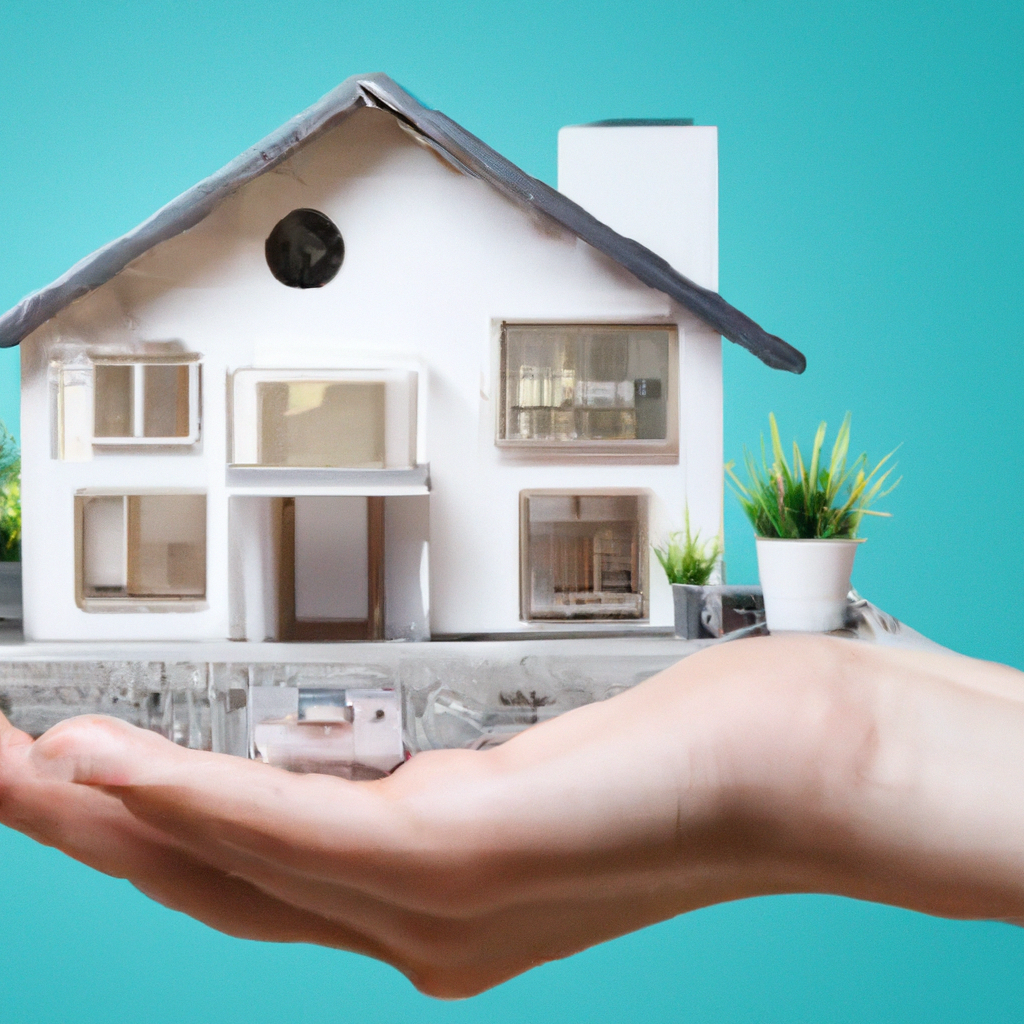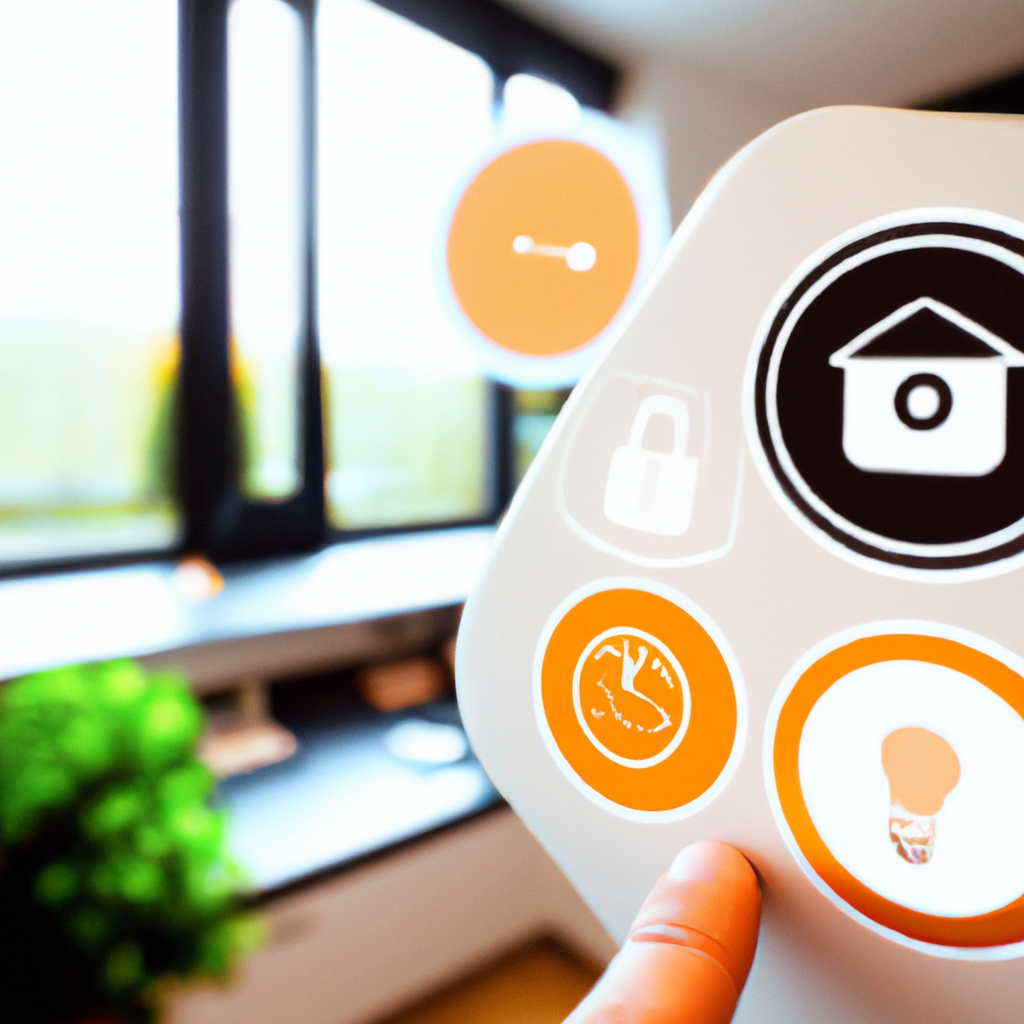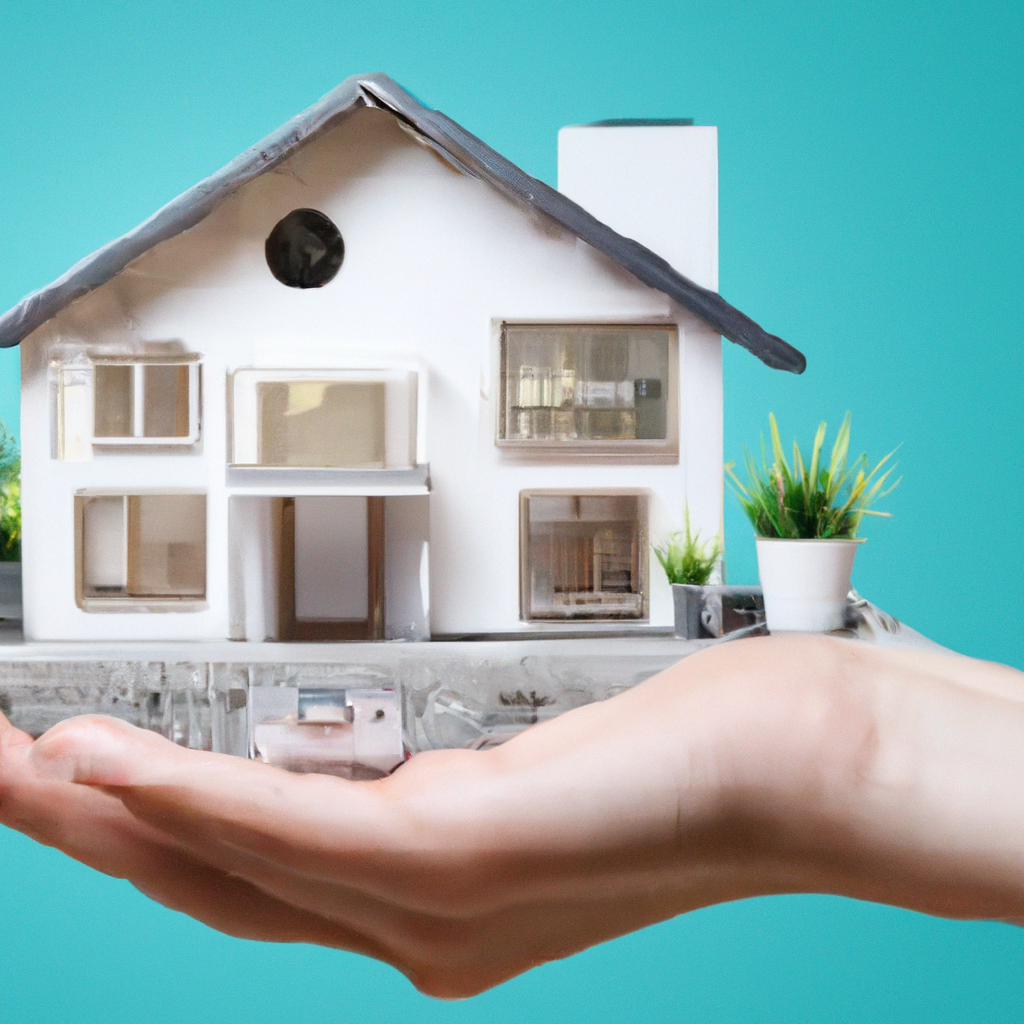Whether you’re a tech enthusiast or just starting to dip your toes into the world of smart homes, the vast array of resources and communities available can sometimes feel overwhelming. However, fear not! In this article, we’ll guide you through the essential tools, websites, and online communities that will help you embark on your journey into the exciting realm of smart home technology. From informative websites to interactive forums, you’ll soon discover a wealth of knowledge and expertise to help make your transition into the world of smart homes a seamless and enjoyable experience. So, let’s get started!
Smart Home Basics
Introduction to smart homes
Welcome to the world of smart homes! A smart home is a house that uses various smart devices and technologies to enhance convenience, comfort, and efficiency. These devices are connected to each other through a home network, allowing you to control and automate different aspects of your home with just a few taps on your smartphone or commands to a voice assistant.
Benefits of smart home technology
The adoption of smart home technology offers numerous benefits. Firstly, it provides convenience by allowing you to control and manage various home devices from a centralized platform. Whether it’s adjusting the temperature, turning on the lights, or even locking the doors, you can do it all with ease.
Smart homes also enhance energy efficiency. With smart thermostats and lighting, you can optimize energy usage and reduce utility bills. Additionally, smart home systems can help improve home security. With the integration of security cameras, door locks, and alarm systems, you can monitor your home remotely and receive instant notifications in case of any security breaches.
Common smart home devices
Smart homes comprise a wide range of devices. Some of the most common ones include smart speakers and voice assistants, smart thermostats, smart lighting, smart cameras and security systems, smart locks and doorbells, smart appliances, smart sensors, smart blinds and shades, and smart irrigation systems. Each device serves a specific purpose in automating and enhancing different aspects of your home.
Smart home automation
Smart home automation is a key aspect of smart homes. It allows you to create routines and schedules for your devices to operate automatically. For example, you can set your lights to turn on at a specific time in the morning, adjust your thermostat according to your preferred temperature settings, or even start brewing coffee as soon as you wake up. Automation makes your daily routines effortless and saves time and effort.
Smart Home Platforms
Popular smart home platforms
When it comes to smart home platforms, there are various options available in the market. Some of the most popular ones include Amazon Alexa, Google Assistant, Apple HomeKit, and Samsung SmartThings. These platforms act as the brain of your smart home, enabling you to control and manage your devices using a single interface.

Comparison of smart home platforms
Choosing the right platform for your needs depends on factors such as device compatibility, ease of use, and integration with other smart technologies. Amazon Alexa offers a wide range of compatible devices and excellent voice recognition capabilities. Google Assistant integrates seamlessly with Google Home devices and offers advanced AI capabilities. Apple HomeKit provides a secure and privacy-focused ecosystem for Apple users. Samsung SmartThings supports a vast array of devices and offers great interoperability with other smart technologies.
Choosing the right platform for your needs
To choose the right smart home platform, consider your existing devices and the ecosystem you want to build. If you already have devices from a specific brand, ensure that they are compatible with your chosen platform. Additionally, consider the user interface and the level of customization and automation each platform offers. Researching and experimenting with different platforms can help you make an informed decision.
Smart Home Devices and Products
Smart speakers and voice assistants
Smart speakers and voice assistants have become a fundamental part of smart homes. These devices, such as Amazon Echo with Alexa or Google Home with Google Assistant, enable you to control your smart home devices using voice commands. You can ask questions, play music, set reminders, and control various aspects of your home, all without lifting a finger.
Smart thermostats
Smart thermostats are an excellent addition to any smart home. These devices allow you to control and manage your home’s heating and cooling systems remotely. They learn from your heating and cooling preferences and adjust the temperature accordingly, saving energy and reducing costs. Some smart thermostats even offer geofencing capabilities, adjusting the temperature based on your location.
Smart lighting
Smart lighting systems provide convenience, energy efficiency, and customization. You can control your lights remotely, set schedules for different rooms, create ambient lighting, and even change colors to match your mood or special occasions. With integrated smart bulbs, switches, and dimmers, you can transform the lighting ambiance of your home with ease.

Smart cameras and security systems
Enhancing home security is essential for any homeowner, and smart cameras and security systems offer peace of mind. These systems provide real-time video monitoring, motion detection, and alerts, allowing you to keep an eye on your home even when you’re away. Some advanced systems even offer facial recognition and integration with other devices like smart doorbells and locks for comprehensive home security.
Smart locks and doorbells
Smart locks and doorbells are an excellent way to enhance home security and convenience. With smart locks, you can lock and unlock your doors remotely, grant access to family members or service providers, and receive alerts when someone enters or exits your home. Smart doorbells provide video monitoring and two-way communication, allowing you to see and talk to visitors from anywhere in the world.
Smart appliances
Smart appliances, such as refrigerators, washers, dryers, and ovens, have entered the realm of smart homes. These appliances offer features like remote control, energy monitoring, and even intelligent suggestions for optimal usage. For example, a smart refrigerator can notify you when you’re running low on certain groceries or suggest recipes based on the ingredients you have.
Smart sensors
Smart sensors play a crucial role in home automation and security. These sensors can detect motion, temperature, humidity, and even air quality. They are used to trigger actions like turning on the lights when someone enters a room or adjusting the thermostat based on the ambient temperature. Smart sensors enhance both convenience and energy efficiency in your smart home.
Smart blinds and shades
Control over natural light can greatly impact the ambiance and energy efficiency of your home. Smart blinds and shades allow you to remotely control the opening and closing of window coverings, adjust the amount of natural light in a room, and even schedule them to open or close at specific times. With integrated sensors, they can automatically adjust based on sunlight intensity or your preferences.

Smart irrigation systems
Efficient water usage is a growing concern, and smart irrigation systems can help conserve water while keeping your garden lush and healthy. These systems monitor weather conditions, adjust watering schedules accordingly, and allow remote control of irrigation zones. By integrating moisture sensors, they can even determine when your lawn or plants need watering, preventing overwatering.
Smart Home Ecosystems
Understanding smart home ecosystems
Smart home ecosystems refer to the interconnection and interoperability of different smart devices within your home. This integration allows devices from various brands and technologies to communicate and work together seamlessly. An ecosystem creates a unified experience, enabling you to control and manage multiple devices through a single interface.
Interconnecting smart devices
To create a smart home ecosystem, you need to ensure that your devices are compatible and capable of communicating with each other. This can be achieved through common communication protocols like Wi-Fi, Zigbee, or Z-Wave. Many popular smart home platforms, such as Amazon Alexa or Google Assistant, act as a bridge between different devices, enabling them to work together.
Integration with other smart technologies
Smart homes are not limited to just devices within your home. They can also integrate with other smart technologies, such as smart grids, smart cities, and even electric vehicles. Integration with smart grids allows you to optimize energy consumption based on grid conditions, while integration with smart cities enables you to access public services and data. Electric vehicle integration allows you to charge and manage your EV’s charging schedule efficiently.
Smart Home Apps and Platforms
Smart home control apps
Smart home control apps are the primary tools for managing and controlling your smart devices. These apps are installed on your smartphone or tablet and provide a user-friendly interface to access and control all your devices from a centralized location. With these apps, you can create schedules, automate routines, and receive notifications and alerts.

Popular smart home platforms and apps
There are several popular smart home platforms and apps available, each with its unique features and capabilities. Amazon Alexa, with its accompanying Alexa app, is widely used and supports a massive range of devices. Google Home, along with the Google Home app, integrates seamlessly with Google services and offers advanced AI features. Apple HomeKit and the Home app provide a secure and privacy-focused ecosystem for Apple users.
Setting up and controlling your smart home
Setting up and controlling your smart home primarily involves the following steps. First, ensure that all your devices are compatible with your chosen smart home platform. Install the necessary apps on your smartphone or tablet, and follow the provided instructions to pair and connect your devices. Once connected, you can start customizing settings, creating routines, and enjoying the convenience of managing your smart home from anywhere.
Getting Started with Smart Home Installation
Preparation and planning
Before diving into smart home installation, it’s essential to plan and prepare adequately. Start by identifying the areas in your home that could benefit from smart devices. Consider the devices you want to control, the features you desire, and your budget. Research different brands and models to find the ones that suit your needs best. Additionally, ensure that your home has a stable and reliable internet connection to support your smart devices.
Installation considerations
When installing smart home devices, there are a few factors to consider. Firstly, check if the devices require a hub or bridge for connectivity, and ensure you have the necessary components. Next, consider the power source and installation requirements of each device. Some devices might need to be hardwired, while others can be battery-powered or plugged into a power outlet. Finally, take into account the placement and positioning of devices for optimal performance and coverage.
Smart home installation services
If you’re not comfortable with DIY installations, there are professional installation services available. Many smart home device manufacturers offer installation services as an additional option. These services can ensure that your devices are installed correctly, optimized for performance, and integrated into your smart home ecosystem seamlessly. Professional installation provides peace of mind and saves you time and effort.

DIY smart home installation
For those who enjoy hands-on projects, DIY smart home installation is a rewarding experience. Many smart home devices come with detailed instructions and user-friendly apps, making the installation process straightforward. Start by reading the device manuals and following the step-by-step instructions provided. Take your time, and if you encounter any difficulties, consult online resources, tutorial videos, or community forums for assistance.
Smart Home Security and Privacy
Securing your smart home network
To ensure the security of your smart home, it’s crucial to protect your home network. Start by securing your Wi-Fi network with a strong password, enabling encryption, and updating your router’s firmware regularly. Change default usernames and passwords on your smart devices to unique and strong ones. Consider setting up a separate guest network to isolate your smart devices from personal devices. Regularly monitor your network for any suspicious activities or unauthorized access.
Protecting your smart home devices
Keeping your smart home devices secure is equally important. Always apply the latest firmware updates for your devices to patch security vulnerabilities. Avoid using default usernames and passwords and choose unique and strong credentials. Disable unnecessary features and permissions within the device settings. Consider enabling two-factor authentication for an added layer of security. Regularly review and audit your devices’ access and authority to ensure only authorized users can control them.
Privacy concerns in smart homes
When embracing smart home technology, it’s essential to be aware of the potential privacy concerns. Smart devices can collect and store data about your behaviors, preferences, and routines. Ensure that you understand the data collection practices of each device and platform you use. Consider devices and platforms that prioritize privacy and offer robust data protection measures, such as end-to-end encryption and local storage options.
Best practices for smart home security
Following best practices can enhance the security of your smart home. Keep all your devices and platforms updated with the latest firmware and software versions. Regularly change passwords, especially if you suspect a breach. Use a strong, unique password for each device and platform. Enable and utilize security features like two-factor authentication. Educate yourself about common security threats in the smart home space and stay informed about emerging vulnerabilities.
Smart Home Automation and Integration
Creating smart home automation routines
Smart home automation allows you to create routines and schedules for your devices to operate automatically. Start by identifying tasks or actions that could benefit from automation. For example, you can automate turning off the lights when you leave the house or adjusting the thermostat based on your daily routine. Use your smart home control app or platform to set up these automation routines, customizing them according to your preferences and needs.
Interconnecting smart devices and systems
Integration is at the core of a smart home ecosystem. To interconnect your smart devices and systems, ensure that they are compatible with your chosen smart home platform or use a hub that supports multiple protocols. Connect devices either through wireless networks like Wi-Fi or using specialized protocols like Zigbee or Z-Wave. Once connected, you can control and automate these devices from a central hub or through your smartphone.
Integration with voice assistants
One of the most convenient ways to control and automate your smart home devices is through voice assistants. Integrate your smart home platform with popular voice assistants like Amazon Alexa or Google Assistant. By enabling voice control, you can verbally command your smart home devices and systems, eliminating the need for physical interaction. Voice integration creates a seamless and hands-free experience, allowing you to control your home effortlessly.
Smart Home Troubleshooting and Support
Common smart home issues
As with any technology, smart homes can sometimes encounter issues. Common issues include connectivity problems, device pairing failures, unresponsive devices, or software glitches. These issues can arise due to incompatible devices, network interference, or software bugs. It’s important to keep track of the symptoms, research possible solutions, and, if needed, seek help from manufacturer support or online forums.
Troubleshooting smart home devices
When troubleshooting smart home devices, start with basic steps like rebooting the device, checking for firmware updates, or resetting the device to factory settings. Ensure that the device is in range of your Wi-Fi network and that the network is stable. Review the device documentation or consult online resources for troubleshooting guides specific to your device. If the issue persists, reach out to the manufacturer’s support for further assistance.
Smart home support communities and forums
One of the advantages of the smart home community is the abundance of support resources. Online forums, community groups, and social media platforms dedicated to smart homes can be excellent sources of guidance and troubleshooting tips. Engage with fellow smart home enthusiasts, share your experiences, and seek advice from those who have encountered and resolved similar issues. These support communities can be invaluable in finding solutions and expanding your knowledge.
Future Trends in Smart Homes
Innovation in smart home technology
The world of smart homes is continuously evolving, with constant innovations in technology. Key areas of innovation include artificial intelligence, machine learning, and improved connectivity. Advancements in AI enable devices to learn your preferences and behaviors, making your smart home even more intuitive. Machine learning algorithms improve automation routines, adapting to your changing needs. Improved connectivity, such as 5G and mesh networks, enhance device communication and make smart homes more reliable and responsive.
Emerging trends in the smart home industry
Several emerging trends are shaping the future of smart homes. The integration of Internet of Things (IoT) technology is expanding beyond traditional devices, enabling a broader range of connected devices within the home. Virtual and augmented reality are entering the smart home space, offering immersive experiences and enhancing control interfaces. Edge computing brings processing power closer to devices, reducing latency and improving response times. These trends are driving innovation and opening new possibilities in smart home technology.
The future of smart homes
The future of smart homes holds great potential. With advancements in technology and increased integration, smart homes will become even more intelligent and autonomous. Seamless communication between devices and systems will provide a holistic view of your home, allowing for more sophisticated automation and energy optimization. Integration with smart grids and smart cities will enable you to contribute to sustainable living and participate in community initiatives. As smart homes become more prevalent, the cost of devices and systems will decrease, making them accessible to a wider audience.
In conclusion, smart homes offer a myriad of benefits, from convenience and energy efficiency to enhanced security and customization. With a wide range of smart devices and platforms available, you have the freedom to create a smart home ecosystem that suits your needs and preferences. By understanding the basics, exploring available resources, and keeping up with the latest trends, you can embark on your journey into the world of smart homes with confidence. Embrace the future of home automation and unlock the potential of a smart, connected, and efficient living space.










